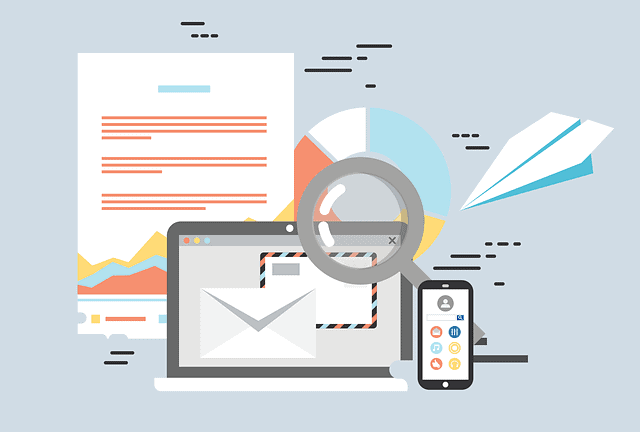Phishing is a type of email scam that typically involves an unsolicited email that looks like it comes from a legitimate source, but actually contains malicious content meant to steal your login information or other sensitive data. If you’re ever asked to view or download an attachment in an email that you don’t trust, be sure to take caution and look for signs that the email might be phishing – these signs include questionable domain names, misspelled words, or unfamiliar graphics.
What are phishing emails and how do they work?
Phishing emails are scams that try to gain personal information from you by appearing to be from a trusted source. They may request your login credentials, bank account information, or other sensitive data.
Phishing emails typically use the same template or design, making them look like legitimate messages from a trusted source. The scammer will ask you to click on a link or open a document, and then steal your data.
How to spot a phishing email?
In order to help you avoid falling victim to phishing scams, we created an infographic detailing the different tactics used in these emails.
If you’re ever unsure whether an email is legitimate, be sure to check out our guide on how to spot a phishing email for more information.
Simple Ways to Spot a Phishing Email
Phishing emails are a common type of attack that targets users of online platforms, such as email accounts. It’s important to be aware of the signs that you’re receiving a phishing email, so that you can take appropriate action.
One of the most common signs that you’re receiving a phishing email is an unauthorized link in the email. This link may lead you to a fake website or to a page where you need to enter your login information.
Another sign that you’re receiving a phishing email is if the email contains malicious attachments. These attachments may contain viruses or other types of malware, which could damage your computer.
If you think you may have received a phishing email, don’t open the link or download the attachment. Instead, contact your account provider or security company to investigate the incident.
How to Recognize and Avoid Phishing Attacks?
Phishing is a fraudulent attempt to gain access to personal or financial information by presenting false credentials or links.
Here’s how to spot a phishing email:
- Look for unsolicited emails that are highly promotional in nature. Phishing emails will often target individuals who have been previously compromised by malware, and will offer quick and easy access to security updates, new features, or other valuable content.
- Be suspicious of emails that demand sensitive information be sent immediately in the form of an attached file. Phishing emails often use deceptive file attachments to install malware on victim’s computers.
- Never give out personal or financial information without verifying the sender first. ALWAYS verify the authenticity of an email before providing any information!
Conclusion
Phishing emails are becoming increasingly sophisticated, and it’s important that you know how to spot one. In this article, we’ll outline the different elements of a phishing email, and offer some tips on how to identify and avoid them. Stay safe out there!










FIND US ON SOCIALS